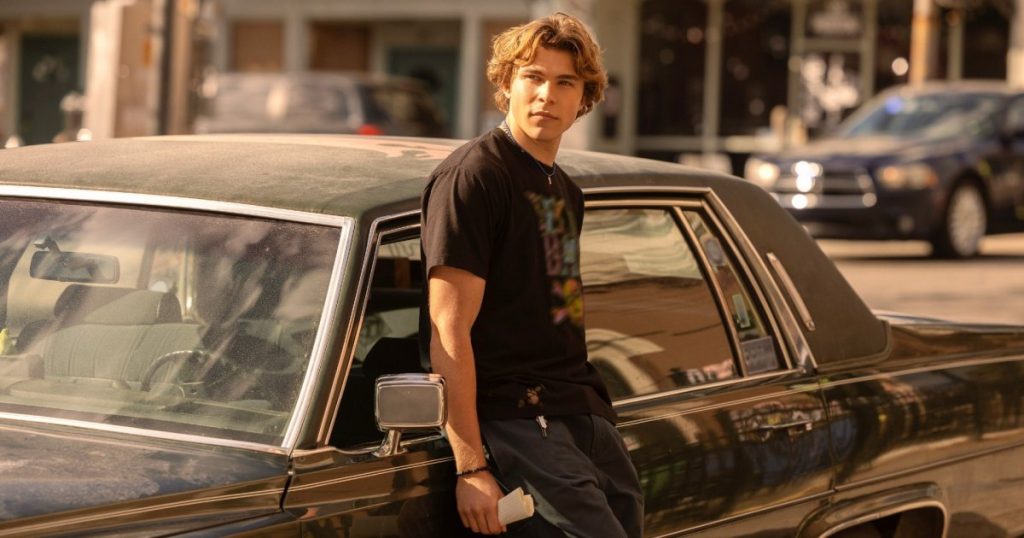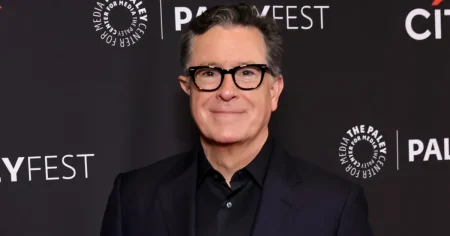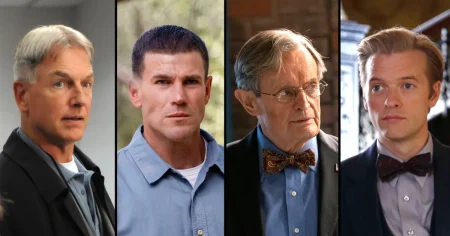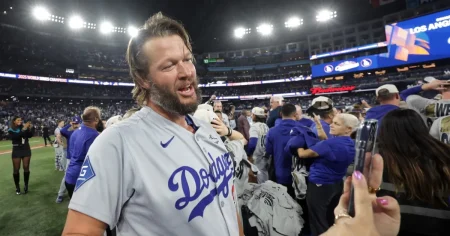The Enduring Legacy of Downton Abbey: A Period Drama Phenomenon
Downton Abbey has established itself as one of the most beloved and successful period dramas in television history. With six seasons, two feature films, and a third installment in development, the series has captivated audiences worldwide with its rich storytelling and memorable characters. Beginning in 1912 and spanning through 1926, this PBS masterpiece invites viewers into the opulent world of the Crawley family, aristocrats managing their sprawling English countryside estate. The show brilliantly contrasts the lives of the wealthy family “upstairs” with those of their dedicated servants “downstairs,” creating a tapestry of interconnected stories that explore class dynamics, historical events, personal triumphs, and heartbreaking tragedies during a period of profound social change in Britain.
At the emotional core of Downton Abbey is the complicated romance between Lady Mary Crawley, portrayed with remarkable depth by Michelle Dockery, and her distant cousin Matthew Crawley, played by Dan Stevens. When the original heir to the Downton estate perishes aboard the Titanic, Matthew unexpectedly becomes next in line due to the estate’s entailment laws prohibiting female inheritance—a circumstance that initially creates tension between him and the proud Lady Mary. Their evolving relationship, moving from antagonism to deep affection, provides the series with its central romantic arc, though it’s certainly not without its obstacles and heartaches. Meanwhile, Mary’s younger sisters pursue their own paths: middle sister Edith (Laura Carmichael) struggles to find her place and purpose, while the progressive youngest daughter Sybil (Jessica Brown Findlay) embraces the changing world and fights for women’s rights during a time of emerging female empowerment.
The series’ brilliance extends beyond the aristocratic family to the equally compelling stories of the downstairs staff who keep Downton running. The devoted butler Mr. Carson (Jim Carter) and the efficient housekeeper Mrs. Hughes (Phyllis Logan) maintain order below stairs, while managing their own evolving relationship. However, perhaps the most emotionally resonant servant storyline follows the steadfast romance between valet Mr. Bates and lady’s maid Anna. Their love story endures through seemingly insurmountable challenges including false imprisonment, scandal, and personal tragedy, becoming one of the show’s most enduring narratives. Other staff members—from the ambitious footman Thomas Barrow to the kindhearted cook Mrs. Patmore—receive equally nuanced character development, with their professional ambitions and personal lives reflecting the changing social landscape of early 20th century Britain.
No discussion of Downton Abbey would be complete without acknowledging the incomparable Maggie Smith as Lady Violet Crawley, the Dowager Countess of Grantham. Her razor-sharp wit, unwavering adherence to tradition, and perfectly delivered barbs made her an immediate fan favorite. Despite her initial resistance to modernity, Violet often reveals surprising wisdom and adaptability beneath her aristocratic exterior. Her verbal sparring with Isobel Crawley (Penelope Wilton), Matthew’s middle-class mother, provides some of the series’ most delightful moments, as these strong-willed women from different social backgrounds develop a reluctant friendship. Smith’s portrayal earned her numerous accolades and cemented Lady Violet as one of television’s most quotable and beloved characters, delivering memorable lines that fans continue to cherish years after the series concluded.
Downton Abbey’s excellence extends beyond its character development to its meticulous historical accuracy and production values. Creator Julian Fellowes expertly weaves real-world events—from the sinking of the Titanic to World War I, the Spanish flu pandemic, and the changing political landscape—into the narrative, allowing viewers to experience these historical moments through the perspectives of characters they’ve grown to care deeply about. The series’ attention to period-appropriate costumes, etiquette, and social customs creates an immersive viewing experience, while the stunning cinematography showcases both the grandeur of Highclere Castle (which serves as the fictional Downton Abbey) and the intricacies of early 20th-century life. This commitment to authenticity, combined with compelling storytelling, helped the show transcend typical period drama boundaries to become a global cultural phenomenon that appealed to viewers of all ages and backgrounds.
The legacy of Downton Abbey extends far beyond its impressive run of 69 Primetime Emmy nominations—the most ever for an international television series. Its enduring popularity has sparked renewed interest in early 20th-century history, influenced fashion trends, inspired tourism to filming locations, and demonstrated that thoughtful, character-driven period dramas can achieve mainstream success in the modern entertainment landscape. The transition to feature films following the series conclusion speaks to the audience’s continued investment in these characters and their world. As viewers eagerly anticipate the third Downton Abbey film, the franchise stands as a testament to the power of sophisticated storytelling that balances historical context with timeless human emotions. Through its exploration of changing times, class relationships, and personal connections, Downton Abbey has secured its place not just as exceptional entertainment, but as a cultural touchstone that continues to resonate with audiences around the world.















